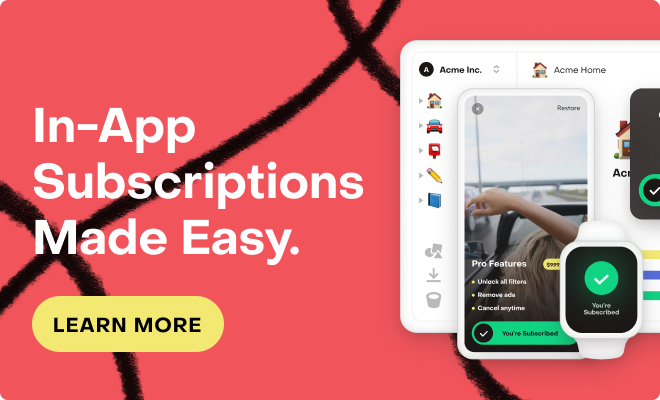I have a question about initializing the Purchases SDK, based on the following points from the docs:
- If no App User ID is provided, RevenueCat will generate a random App User ID and cache it on the device.
- The SDK should generally be configured early in the app lifecycle.
Many apps allow users to purchase subscriptions before creating an account. This reduces friction between opening the app and making a payment.
But, this means that I'll need to instantiate the Purchases SDK before receiving a User ID from my authentication system. This results in the creation of an anonymous RevenueCat ID for everyone who opens the app, even if they don’t create an account or make a purchase.
Assuming a typical conversion rate (e.g., 5%), this would mean that 95% of the users in my RevenueCat dashboard are likely people who opened the app once and then deleted it, which seems highly inefficient.
Is there a more efficient way to handle this situation without generating so many unused anonymous users?
Thanks,
Chris





